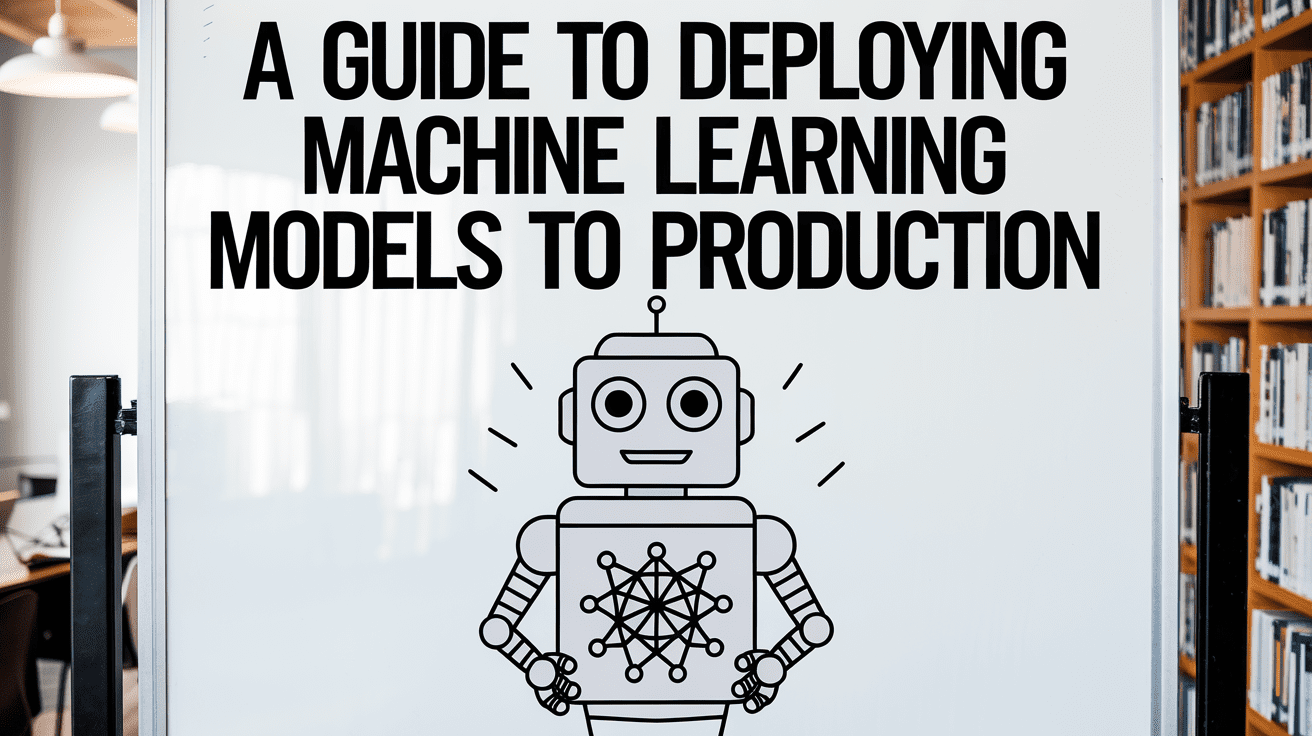Rethinking distributed systems: Composability, scalability
Distributed systems are at the core of modern cloud-native architectures, powering real-time analytics, machine learning pipelines, and large-scale data processing. However, as these systems scale, they face persistent challenges: data movement overhead, interoperability across engines, latency bottlenecks, and ensuring governance and consistency across increasingly complex workflows. These challenges are not new, but the tools to address them have evolved. Composable architectures have emerged as a modern approach, enabling modular, efficient systems that adapt to specific workloads by leveraging specialized tools and strategies. The Rise of Composable Architectures Composable architectures shift away from monolithic systems by combining the strengths of specialized engines and frameworks. This approach allows for: Modularity: Each tool focuses on what it does best, reducing overengineering. Flexibility: Workflows can adapt dynamically as requirements change. Governance and Consistency: By integrating data contracts, composable architectures can enforce rules and automate compliance across all stages of the pipeline. Efficiency: Shared standards like Apache Arrow ensure seamless interoperability and reduce overhead. For example: DuckDB: A high-performance SQL engine optimized for local analytics, leveraging vectorized operations powered by Arrow’s SIMD support for faster computations. ClickHouse: Powers distributed real-time analytics at scale, with the ability to return results in Apache Arrow format for seamless integration with other engines. Polars: Accelerates computationally heavy transformations using multi-threading and GPU support, enhanced by its integration with RAPIDS. Data Contracts: Act as a "source of truth," defining how data should be validated, structured, and shared, ensuring consistency across all systems in the architecture. This combination ensures that systems remain scalable without becoming unnecessarily complex. The Role of Data Contracts in Composable Architectures What Are Data Contracts? Data contracts are declarative specifications that define: Structure: What the data should look like (e.g., schema, types). Validation: Rules for ensuring data quality (e.g., no nulls in critical columns). Permissions and Policies: Who can access the data and under what conditions. How They Fit Into Distributed Systems In composable architectures, where data moves across multiple engines like DuckDB, ClickHouse, and Polars, maintaining consistency and governance becomes challenging. Data contracts solve this by: Embedding Governance: Each stage of the pipeline enforces the same rules, ensuring consistency. Automation: Data validation, compliance checks, and even schema evolution can be automated. Interoperability: Contracts act as a universal agreement, ensuring tools like ClickHouse and Polars interpret the data in the same way. Real-World Example: Optimizing Queries with Composable Architectures Imagine a data pipeline where queries are dynamically routed based on complexity and performance requirements: Simple Data Queries: Queries targeting datasets stored in object storage and requiring minimal processing are routed to DuckDB. With its local execution and support for columnar formats like Apache Arrow, DuckDB efficiently handles exploratory and ad-hoc queries without introducing the overhead of distributed systems. Real-Time Analytics: For live or streaming data requiring real-time analytics, the system leverages ClickHouse. Its distributed architecture processes high-throughput queries at scale, returning results in Arrow format to ensure compatibility with downstream tools. Complex Computations: When queries demand computationally intensive operations (e.g., complex joins, aggregations, or transformations), the pipeline delegates these tasks to Polars. Using GPU acceleration via RAPIDS, Polars performs heavy transformations efficiently, minimizing latency by processing data directly in GPU memory. Data movement between these engines is seamless, thanks to Apache Arrow. Arrow acts as the shared data layer, allowing tools to exchange data with minimal serialization overhead while maintaining high performance. By integrating data contracts, you create a self-governing pipeline, reducing human error and ensuring compliance with organizational or regulatory standards. Building Composable Architectures: A Multi-Engine Workflow Let’s consider a real-world scenario where a composable architecture optimizes each stage of a complex query pipeline: 1. Local Processing with DuckDB Start with DuckDB for exploratory analysis or operational tasks. Its ability to perform vectorized operations on columnar data, supported by Apache Arrow SIMD, ensures high performance. DuckDB can process datasets efficiently, scaling with available memory and avoiding the overhead of distributed

Distributed systems are at the core of modern cloud-native architectures, powering real-time analytics, machine learning pipelines, and large-scale data processing. However, as these systems scale, they face persistent challenges: data movement overhead, interoperability across engines, latency bottlenecks, and ensuring governance and consistency across increasingly complex workflows.
These challenges are not new, but the tools to address them have evolved. Composable architectures have emerged as a modern approach, enabling modular, efficient systems that adapt to specific workloads by leveraging specialized tools and strategies.
The Rise of Composable Architectures
Composable architectures shift away from monolithic systems by combining the strengths of specialized engines and frameworks. This approach allows for:
- Modularity: Each tool focuses on what it does best, reducing overengineering.
- Flexibility: Workflows can adapt dynamically as requirements change.
- Governance and Consistency: By integrating data contracts, composable architectures can enforce rules and automate compliance across all stages of the pipeline.
- Efficiency: Shared standards like Apache Arrow ensure seamless interoperability and reduce overhead.
For example:
- DuckDB: A high-performance SQL engine optimized for local analytics, leveraging vectorized operations powered by Arrow’s SIMD support for faster computations.
- ClickHouse: Powers distributed real-time analytics at scale, with the ability to return results in Apache Arrow format for seamless integration with other engines.
- Polars: Accelerates computationally heavy transformations using multi-threading and GPU support, enhanced by its integration with RAPIDS.
- Data Contracts: Act as a "source of truth," defining how data should be validated, structured, and shared, ensuring consistency across all systems in the architecture.
This combination ensures that systems remain scalable without becoming unnecessarily complex.
The Role of Data Contracts in Composable Architectures
What Are Data Contracts?
Data contracts are declarative specifications that define:
- Structure: What the data should look like (e.g., schema, types).
- Validation: Rules for ensuring data quality (e.g., no nulls in critical columns).
- Permissions and Policies: Who can access the data and under what conditions.
How They Fit Into Distributed Systems
In composable architectures, where data moves across multiple engines like DuckDB, ClickHouse, and Polars, maintaining consistency and governance becomes challenging. Data contracts solve this by:
- Embedding Governance: Each stage of the pipeline enforces the same rules, ensuring consistency.
- Automation: Data validation, compliance checks, and even schema evolution can be automated.
- Interoperability: Contracts act as a universal agreement, ensuring tools like ClickHouse and Polars interpret the data in the same way.
Real-World Example: Optimizing Queries with Composable Architectures
Imagine a data pipeline where queries are dynamically routed based on complexity and performance requirements:
Simple Data Queries:
Queries targeting datasets stored in object storage and requiring minimal processing are routed to DuckDB. With its local execution and support for columnar formats like Apache Arrow, DuckDB efficiently handles exploratory and ad-hoc queries without introducing the overhead of distributed systems.Real-Time Analytics:
For live or streaming data requiring real-time analytics, the system leverages ClickHouse. Its distributed architecture processes high-throughput queries at scale, returning results in Arrow format to ensure compatibility with downstream tools.Complex Computations:
When queries demand computationally intensive operations (e.g., complex joins, aggregations, or transformations), the pipeline delegates these tasks to Polars. Using GPU acceleration via RAPIDS, Polars performs heavy transformations efficiently, minimizing latency by processing data directly in GPU memory.
Data movement between these engines is seamless, thanks to Apache Arrow. Arrow acts as the shared data layer, allowing tools to exchange data with minimal serialization overhead while maintaining high performance.
By integrating data contracts, you create a self-governing pipeline, reducing human error and ensuring compliance with organizational or regulatory standards.
Building Composable Architectures: A Multi-Engine Workflow
Let’s consider a real-world scenario where a composable architecture optimizes each stage of a complex query pipeline:
1. Local Processing with DuckDB
Start with DuckDB for exploratory analysis or operational tasks. Its ability to perform vectorized operations on columnar data, supported by Apache Arrow SIMD, ensures high performance. DuckDB can process datasets efficiently, scaling with available memory and avoiding the overhead of distributed systems.
2. Distributed Preprocessing with ClickHouse
For massive datasets, ClickHouse handles distributed queries with exceptional scalability. It can perform pre-aggregations, filtering, or joins on billions of rows, and return the results in Apache Arrow format, enabling direct interoperability with downstream tools like Polars.
3. GPU-Accelerated Transformations with Polars
The reduced dataset is passed to Polars, which excels at computationally heavy transformations. By integrating RAPIDS, Polars leverages GPU acceleration to:
- Offload transformations to the GPU: Operations like joins, filtering, and aggregations run directly on the GPU, maximizing parallelism.
- Minimize data movement: Keeping computations within GPU memory avoids expensive transfers between CPU and GPU, reducing latency.
- Handle iterative workflows efficiently: Ideal for feature engineering or statistical calculations across large datasets.
This integration ensures that even the most demanding transformations are executed quickly, complementing the interoperability provided by Arrow.
4. Interoperability with Apache Arrow
Throughout the pipeline, Apache Arrow acts as the backbone, enabling data to move between engines without serialization overhead. Its support for SIMD optimizations and columnar format makes it the ideal choice for efficient, high-performance pipelines.
Real-World Example: Composability in Action
In a recent project, we designed a composable architecture that brought together:
- DuckDB: Handled local prototyping and operational queries with vectorized execution.
- ClickHouse: Pre-aggregated and filtered billions of rows in a distributed environment, returning results in Arrow format.
- Polars: Applied GPU-accelerated transformations to the filtered dataset, leveraging RAPIDS for advanced analytics.
- Apache Arrow: Ensured seamless interoperability across engines with zero-copy data exchange.
- Data Contracts: Automated schema validation and enforced compliance at every stage of the pipeline.
By combining these tools, we balanced performance, scalability, and governance without overengineering any part of the architecture.
Takeaways for Building Modern Distributed Systems
- Embrace Composability: Combine tools like DuckDB, ClickHouse, and Polars to build modular architectures tailored to specific workloads.
- Use Apache Arrow for Interoperability: A shared columnar format simplifies data movement and reduces overhead, benefiting from SIMD optimizations.
- Automate Governance with Data Contracts: Declarative contracts ensure consistency, automate compliance, and integrate seamlessly with AI-driven monitoring.
- Leverage AI: Automate query execution, resource management, and anomaly detection to optimize workflows.
What’s Your Take?
Have you implemented composable architectures or worked with tools like Apache Arrow, DuckDB, ClickHouse, or Polars? What role do you see AI playing in distributed systems? Share your experiences and insights in the comments!
What's Your Reaction?





























_LuckyStep48_Alamy.jpg?#)




















